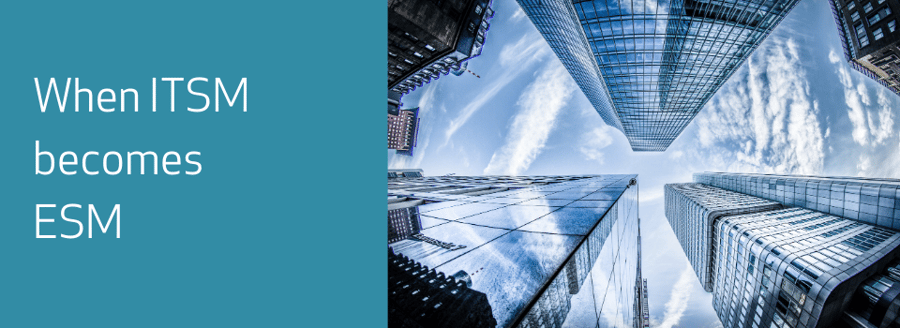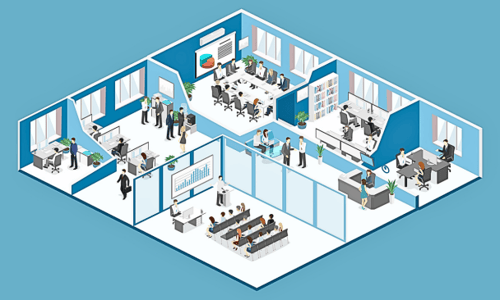Over the past two decades, IT in general has seen a change in mindset, from technology-driven thinking to a solutions-based approach. The evolution of ITSM software into the wider remit of Enterprise Service Management (ESM) is just one enactment of this train of thought.
In line with this mind change we have seen a significant increase in outsourced operations, culminating in the current cloud-based strategy and software delivered almost exclusively as a service (SaaS). Yes, there is still technology – of course – underpinning every element of IT, but it has taken very much a “behind the scenes” role as business benefits have rightly become elevated. ITSM itself has undergone a similar transformation, from support toolkit to pro-active service delivery mechanism. Once seen as little more than an “insurance policy”, the service desk was always far more than that – a means of keeping the users productive when otherwise, extended downtime also meant company profits going down in equal measure. It was also a hugely better alternative to the DIY approach – spreadsheets and all – of supporting the user, or customer, base.
Even so, early iterations of ITSM were undoubtedly IT-centric; designed solely to support the IT element of the company. With ITSM always being closely aligned to the ITIL guidelines, this initial approach was in line with that of ITIL itself. But, as times and technologies change, so do industry standards. From V1 to the current incarnation, V4, the ITIL framework has moved further away from being IT-centric to now focusing on supporting the entire business as an end-to-end process, adding value where possible at all points along the way. And so ITSM itself has moved on to reflect these broader objectives. Think now of ITSM almost being a misnomer, in the sense that it is a solution that supports a company-wide set of problems and resolutions, not a product focused purely on supporting IT specific requirements.
In other words, other key company departments, such as HR, facilities and finance are all equally likely to have a requirement for an ITSM style service support solution, not just IT – basically any situation where you have a support desk fielding queries and dealing with problems. So, the definition has expanded to what is now coined ESM or Enterprise Service Management – applying a service-oriented business model to the way a company operates internally. It means that ITSM nowadays stands for much more than “IT” – it is an underlying engine that manages the entire process flow of a company, throughout its life, from the moment a new employee walks through the door, to the day they leave. Again, this ties in very much with recent ITIL updates – the “cradle to grave handling of company assets” which ITIL V4 talks about, for example. Sunrise’s current offering reflects this change, in the sense that it comes in three template flavours – ITSM, an MSP service desk and an HR case management solution. All use the same underlying framework, but are simply re-oriented towards the specific end-game requirement.
A contemporary ITSM solution therefore must have the ability to track and manage all company assets in its broadest sense – and from a single viewpoint. Tied in with that “cradle to grave” ITIL V4 directive, it means ITSM is increasingly adding value to a business, rather than simply supporting its operations. For example, it is now possible to monitor and analyse employee support across the company and establish how successful that support is, and where to improve it. The point is – analysing the performance of the ITSM system also provides significant clues as to how to tweak and improve the running of the business itself. So, a natural by-product of a contemporary ITSM solution – especially when focused upon the entire company, ESM-style – is the ability to adapt business processes to streamline those very processes and maximise employee productivity and the business bottom line. All of which is a far cry from being a necessary support evil…



.png)
